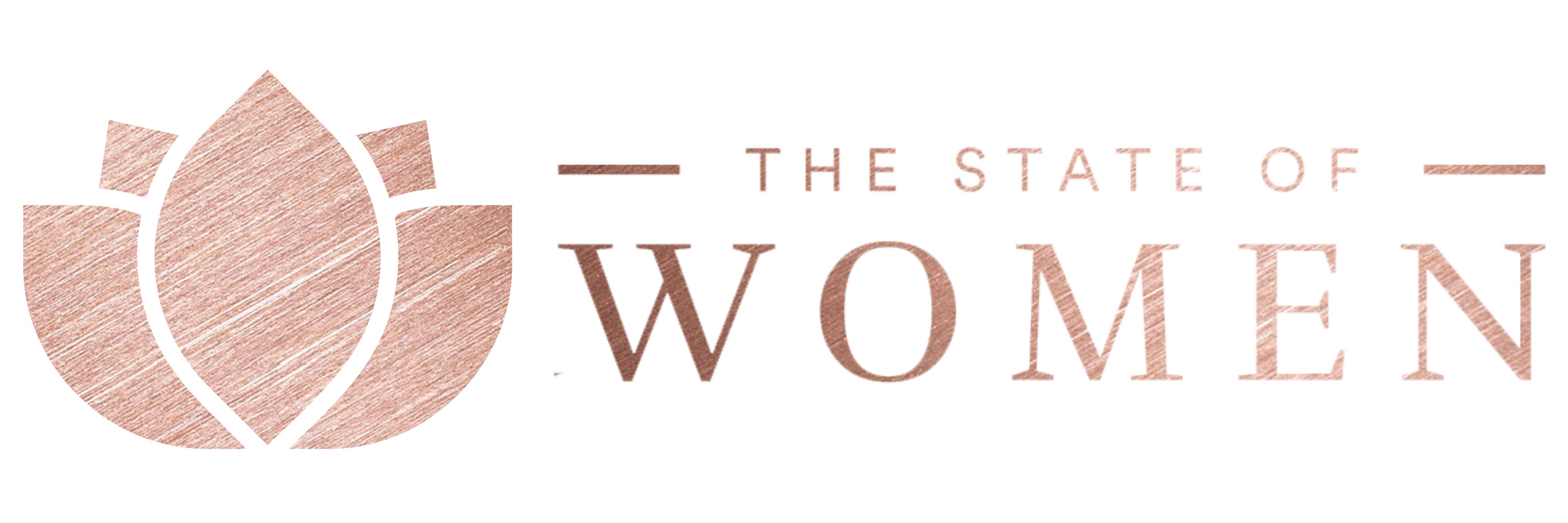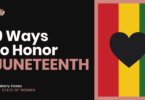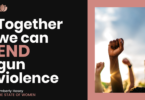In 2014, artist and entrepreneur Beatriz Helena Ramos launched Dada, a platform and marketplace combining art and technology to foster a visual conversation; nurturing innovation, experimentation, and connection. This article explores how the tech platform is now looking to forge connections among artists while generating income—including using blockchain technology to enable artists to retain intellectual property rights while making a profit (in cryptocurrency) from drawings hosted on the platform. Click through to Forbes to read more about how blockchain can support both art and innovation—and may help artists get paid.
By Kat Mustatea
How can artists get paid for the value they bring to society? It is an age-old, vexing question, one that artist and entrepreneur Beatriz Helena Ramos hopes to reinvigorate through Dada, the visual conversation platform she launched in 2014 with fellow artist-technologists Yehudit Mam and Abraham Milano. Dada is a cross between a marketplace, an art project, and a technology startup—a uniquely hybrid status that may well be the key to redefining success for artists in the digital age.
Dada was conceived as a social network where people can speak to each other in drawings rather than words. More than merely a drawing platform, it is Dada’s conversational quality that fosters moments of real magic among users: “You fall a little bit in love with everybody that responds to you,” said Ramos. “You feel like they’re listening to you. Not just to what you’re putting into a drawing conceptually—but what you’re not even aware that you’re putting out there, or the subconscious.”
With more than 150,000 users worldwide, Dada has done the seemingly impossible in the digital age: scaling intimacy. At this point, a typical trajectory for a tech-enabled social network looking to monetize might be to go the way of Facebook and introduce income-generating features like ads to the platform. The risk, of course, is such a move might degrade Dada’s impossibly beautiful sense of community—”our ace card,” is what Ramos calls it.
Image credit: Victor Jeffreys III
Want to receive early-bird invitations to our global events, custom-tailored content we think you’ll love, and exclusive access to “The World Women Report”?







